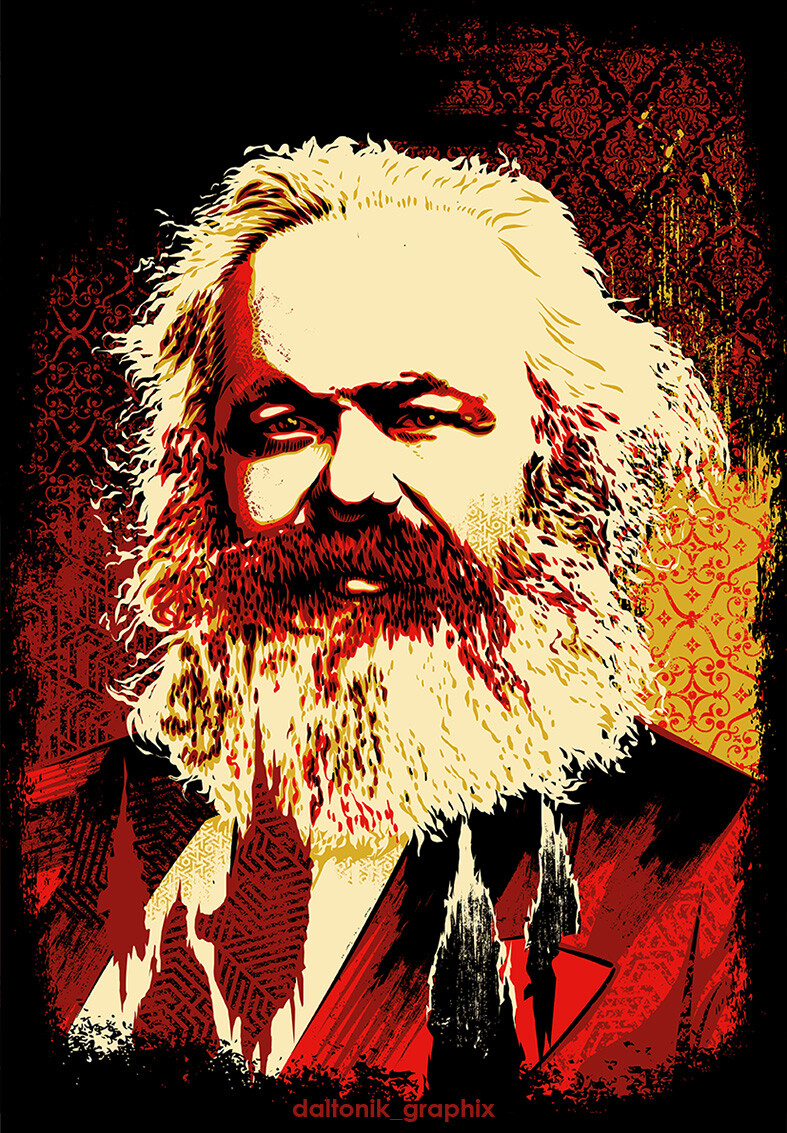I've been reading Capital off and on for months and this is a seemingly pretty important difference that I don't understand. Is there a difference between surplus labor and profit, and if so, what is it? Any explanations, links, or chapters in Capital I should check out are appreciated.

Chapter 13 answer that I think? If I remember and understood Marx right, but one of the things that affects the rate of profit is average organic composition of capital, mainly constant capital to variable capital, of a total capital. A thing to keep in mind is Marx refers to the total social capital, or capital as a whole. But anyways if there more constant to variable, profit starts to fall, and then capitalists need more variable capital/workers/or other ways of exploiting labor power, to keep the same rate of profit or to increase it. Since surplus value is factored into the rate of profit. Since rate of profit is surplus value over the total capital. Or as Marx puts it
But you get a lot of dynamics going on like the more developed capitalism is in a country is, the lesser the rate of profit I think due to more constant capital? but in countries where capitalism is less developed, the higher the rate of profit, due to more variable capital.
Also with the your original question of profit and surplus value, if it helps more, there this from chapter 2 from vol 3
spoiler tagging since I don't want quotes to take up the whole page
Also to just Just to quote some parts from vol 3, mainly chapter 13 that might also help?
spoiler
To add Marx also goes into counteracting the tendency of the rate of profit to fall here in chapter 14 one of them increasing the exploitation of labor. If you check out those chapters and I think chapter 15 to, Marx has examples in them, but in chapter 13 and 14 he tries to give examples.